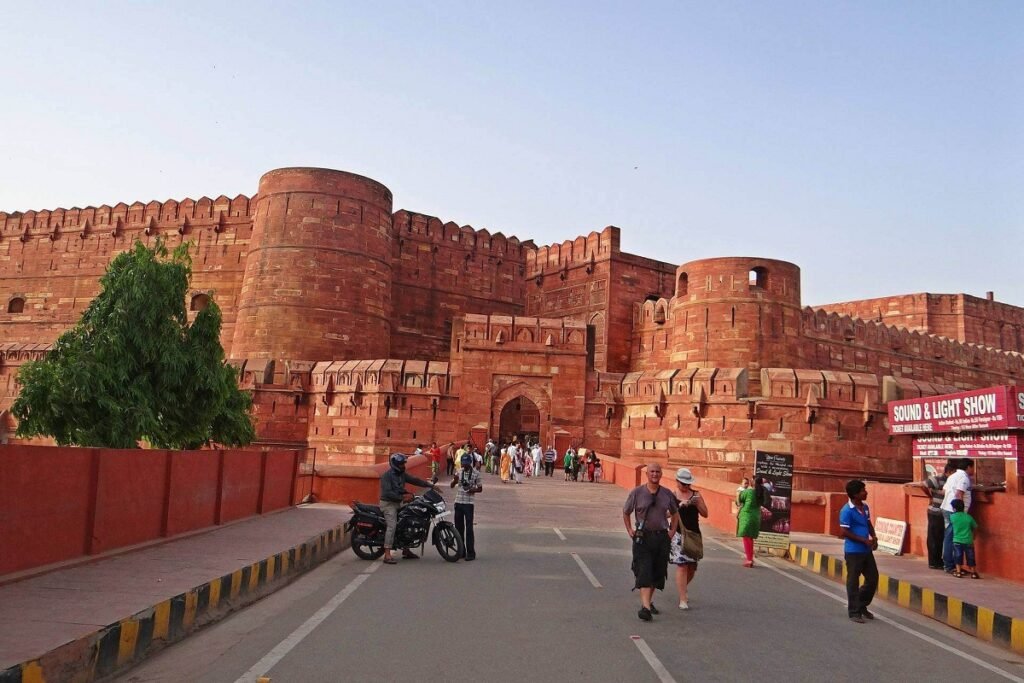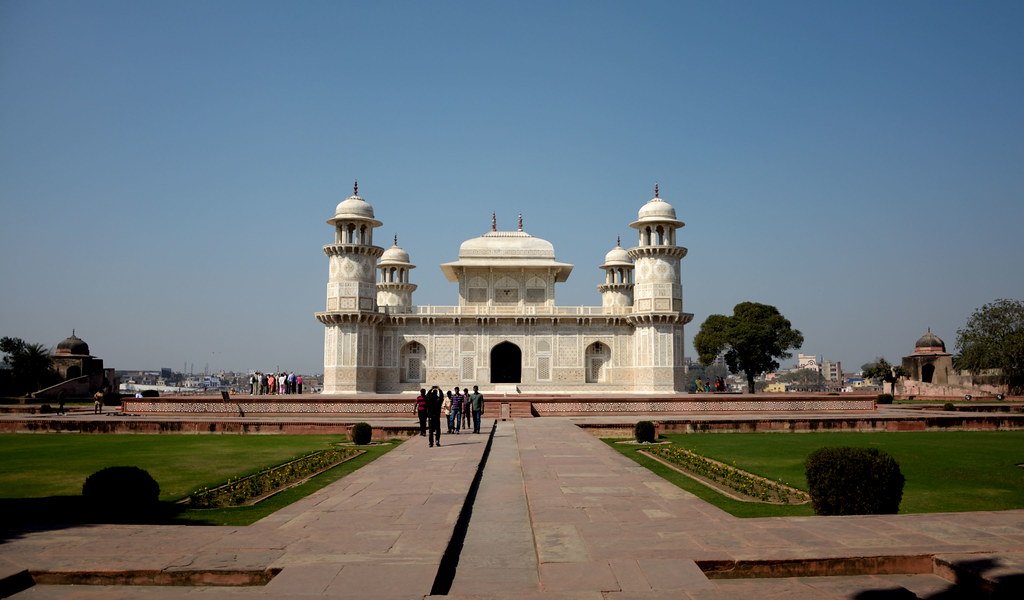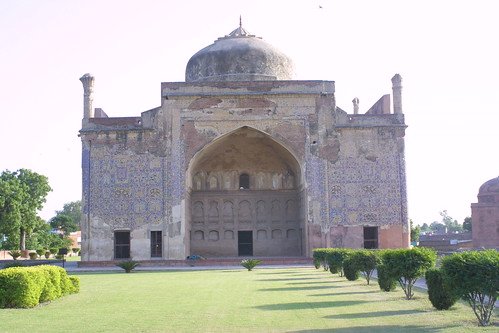Akbar-a-baad, as first established by the Mughals, and now the historical city of Agra has risen to international fame over the years. The Taj Mahal in all its magnificence has manifested the name of Agra in the itineraries of tourists across the world. Agra houses a wonder of the world- the Taj Mahal, a monument that has been poetised by literary geniuses across centuries.
Established by the Mughals, Agra is a centre of beauteous architecture and a well-planned sophisticated township. The city of Agra was first chosen to be an administrative centre of Sikandar Lodi in the year 1501. Babur, the Mughal ruler, captured Agra during his invasion of India in 1526. Agra flourished to its zenith under the rule of Babur’s later descendent Akbar. He built the glorious town of Fatehpur Sikri and made it his capital in 1585. After a brief stay at Lahore, the Mughal dynasty based itself at Agra.
Even though the later Mughal emperor Shah Jahan, shifted their capital to Delhi, he rendered Agra unforgettable by constructing the Taj Mahal. Shah Jahan’s desire to commemorate his beloved wife Mumtaz Mahal turned Agra into an international tourism destination. The Mughals have built numerous forts in this city. In 1760 and 1770 the Jats and the Marathas captured Agra destroyed the former splendour of Mughal architecture.
Next, the British took over Agra in the year 1803 and rebuilt the worn city in their own architectural patterns. The Agra that you now see has been well preserved since the British rule of India. The roads and bazaars have been properly structured by the English architects. The rule of myriad dynasties has led to Agra’s transformation into a multicultural zone that oozes an aura of stateliness.











